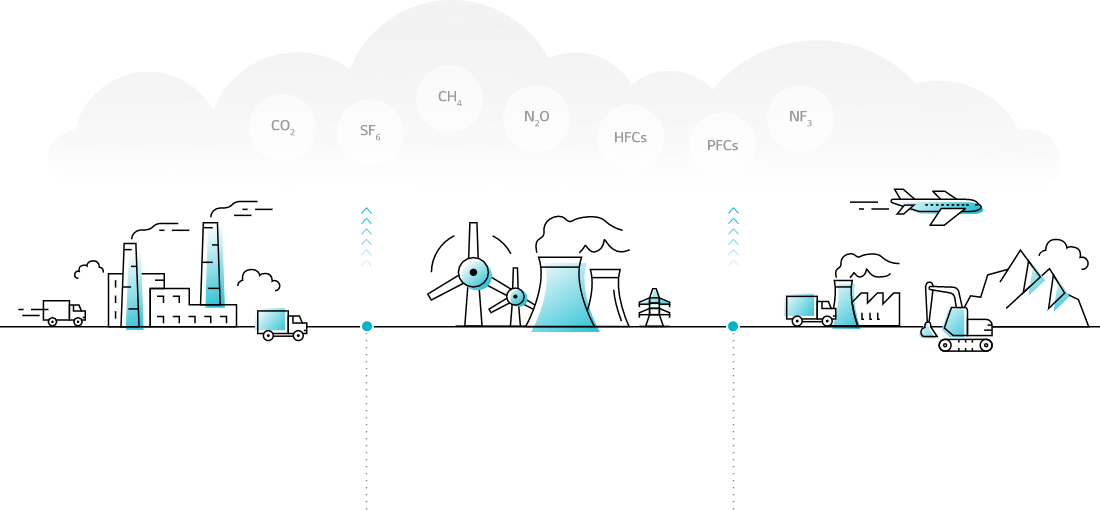Carbon Neutrality across the Entire Value Chain by 2050
2030
Complete
RE100 Transition
In April 2021, LG Energy Solution was the first global battery manufacturer to join both RE100 and EV100 and declare its commitment to transition electricity sourced in all of its business sites to 100% renewable energy and to transition all of owned and leased vehicles to electric vehicles by 2030.
LG Energy Solution takes various measures to achieve such goals. In domestic manufacturing plants, for example, we are operating photovoltaic facilities and participating in Korean Green Premium scheme. In the manufacturing plants in the EU and U.S., the RE100 transition has been already completed using various renewable energy portfolios, such as Green Pricing, Renewable Energy Certificates. As of end of 2022, about 60% of electricity was sourced renewably across the global operating sites, and we continue to explore renewable portfolios especially in Korea and China to meet the interim goal of completing the RE100 transition in all of manufacturing sites by 2025.
Further, LG Energy Solution aims to contribute to improving the security of renewable energy supply by gradually reducing indirect purchase and increasing direct consumption of renewable energy. We will continue to explore and find optimal measures to achieve carbon neutrality, taking into account national and local power market structures and cost effectiveness
2040
Achieve Carbon
Neutrality in
Own Operations
Scope 1&2
In order to achieve carbon neutrality in our own operations (Scopes 1 & 2) by 2040, the alternative fuel sources aside from electricity are needed. Fuels should be transitioned to renewable energy sources (biomass, hydrogen, or electricity) as much as possible, and residual emissions that occur from other than electricity and fuels are needed to be offset by utilizing external carbon credit. To that end, we are implementing projects to promote energy efficiency and optimize energy use, secure alternative green energy sources, and transition fuel into electric boilers. In addition, we are exploring business models that leverage the eco-friendliness of our products to reduce carbon emissions and carbon offset projects in the areas of forestry.
2050
Achieve Carbon
Neutrality across the
Entire Value Chain
The key to achieving carbon neutrality by 2050 is reducing carbon emissions in the supply chain. Ensuring our suppliers’ climate action is essential to reduce our battery carbon footprint, hence LG Energy Solution intends to engage its suppliers in climate action, ranging from those in Tier-1 to Tier-N. We work to trace and monitor emissions data along our supply chains and support our suppliers to participate in the RE100 transition and carbon reduction activities. In addition, we plan to increase the recycled content in manufacturing with a view to reducing battery carbon footprint as well as contributing to the circular battery ecosystem.
What are Scopes 1, 2 and 3?

-
Scope 1
Direct greenhouse gases (GHG) emissions from owned or controlled sources
-
Scope 2
Indirect GHG emissions from the generation of purchased energy
-
Scope 3
All indirect emissions (not included in scope 2) that occur in the value chain of the reporting company, including both upstream and downstream emissions